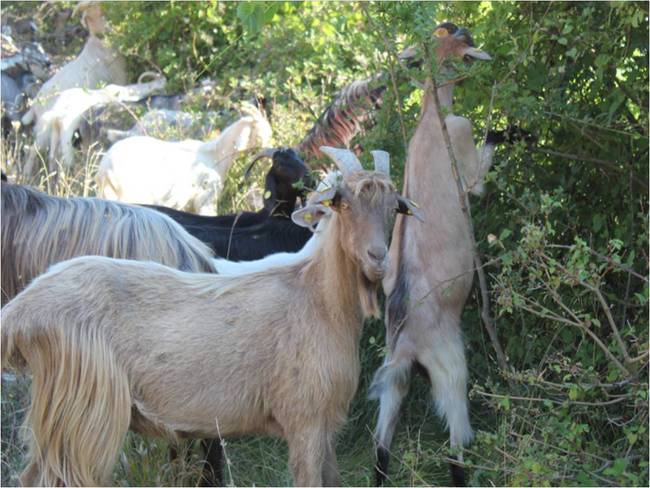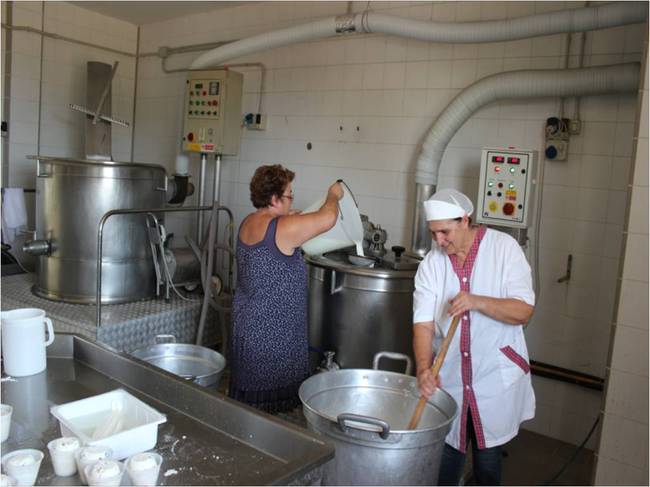Because of this we have to remain highly flexible. As we get to know the land better and as it evolves over time we have to adapt our business to make the best use of it. The more time we’ve spent on the farm the more we’ve come to appreciate the fact that right now the land is more suited for dairy goats than it is for dairy cows. Our land is full of wooded areas, cedar saplings, and blackberry bushes. Years of pasture negligence have led to nearly complete erosion of soil organic matter and a rapid increase in “weed” growth. Well, it just so happens that goats tend to prefer many of the “weeds” we're growing and we want to use that to our advantage.
Working WITH the Land
Because of this we have to remain highly flexible. As we get to know the land better and as it evolves over time we have to adapt our business to make the best use of it. The more time we’ve spent on the farm the more we’ve come to appreciate the fact that right now the land is more suited for dairy goats than it is for dairy cows. Our land is full of wooded areas, cedar saplings, and blackberry bushes. Years of pasture negligence have led to nearly complete erosion of soil organic matter and a rapid increase in “weed” growth. Well, it just so happens that goats tend to prefer many of the “weeds” we're growing and we want to use that to our advantage.



